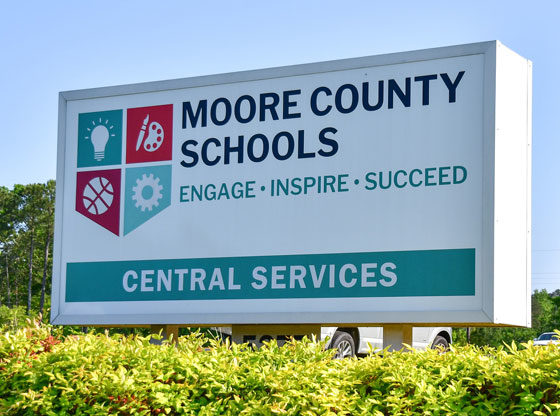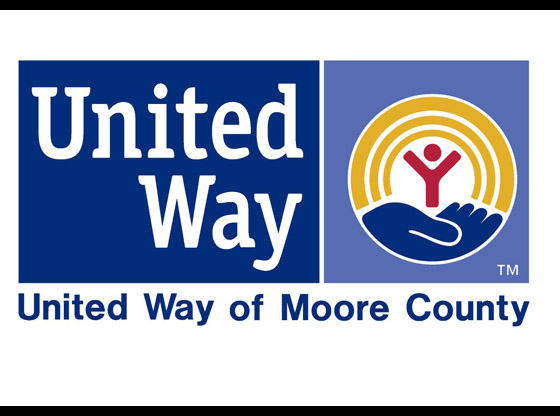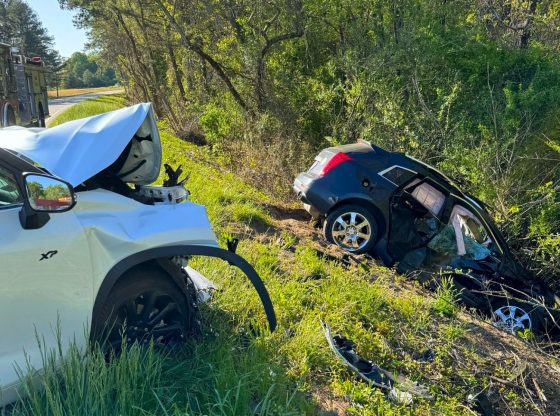The number of meals Moore County Schools served to students during the 2017-2018 school year was 1,317, 817. This was among the information presented to the Moore County School Board during their recent work session.
The National School Lunch Act was implemented in 1946 and is administered by the federal government. It mandates that schools provide nutritionally balanced, low-cost or free lunches to eligible children each school day.
Eligibility is based on family income and is the same in all 48 contiguous states. Other factors that determine eligibility include families who receive food stamps and children who are deemed homeless. To see the income guidelines you can click here.
The federal government reimburses the school district for each meal served. Reimbursements vary based on the meal and whether the student qualifies for aid or not but runs from 31 cents for breakfast for a student not receiving assistance to $3.39 for a student eligible for a free lunch. Currently, Moore County charges $1.25 for breakfast and $2.50 for students in grades PreK-8. High school students pay an additional $.25 for their lunch.
Jane Lovelady, Moore County Director of Child Nutrition School Lunch, reported that 41.9 percent of all Moore County Students receive free or reduced lunch. Four schools qualify for universal free breakfast under the Community Eligibility Provision. This allows all students to eat free regardless of meal status.
Currently, four schools are participating in the program; Aberdeen Primary School, Aberdeen Elementary School, Robbins Elementary School, and Elise Middle School. Sixty-seven percent of students receiving free and reduced meals is the threshold that makes a school eligible under the CEP.
Applications for the program are distributed in each student’s back-to-school packet. Applications are not available online, but one can be obtained by calling the Child Nutrition Office.
In spite of strenuous efforts to inform students and parents about the CEP program, many eligible students do not take part. According to Lovelady, many parents and students are hesitant to take part in the program because of embarrassment and a fear of being “found out.”
Lovelady recounted how the parent of a student eligible for the program (because their family received food stamps) and asked that her children be removed from the program because she did not want anyone to know that they received food stamps.
Great efforts are made to ensure that students privacy is respected including using an electronic point of sale system that handles transactions discreetly. Additionally, it is illegal for the school to share with anyone other than their parents a students lunch status.
In 2018, $21,149 is the amount of student debt (for meals) which has to be paid out of local funds. Efforts made to collect unpaid balance include phone calls, emails and a letter sent home to the parents. In elementary and middle school, meals are served to students regardless of debt. In high school, there is a no charge policy but consideration is given for forgotten funds. Students are able to charge up to two meals. Snacks and supplemental sale items are not permitted to be charged at any grade level.
Donations can be made to cover student debt, but all payments must include the purpose of the payment and the school/students for whom it is intended. Payment can be sent to the Child Nutrition Office or delivered to the school site, payable to the school cafeteria. School administrators will determine which accounts will be paid with the funds not designated for a specific student.
Article written by Sandhills Sentinel Reporter Chris Prentice.


















